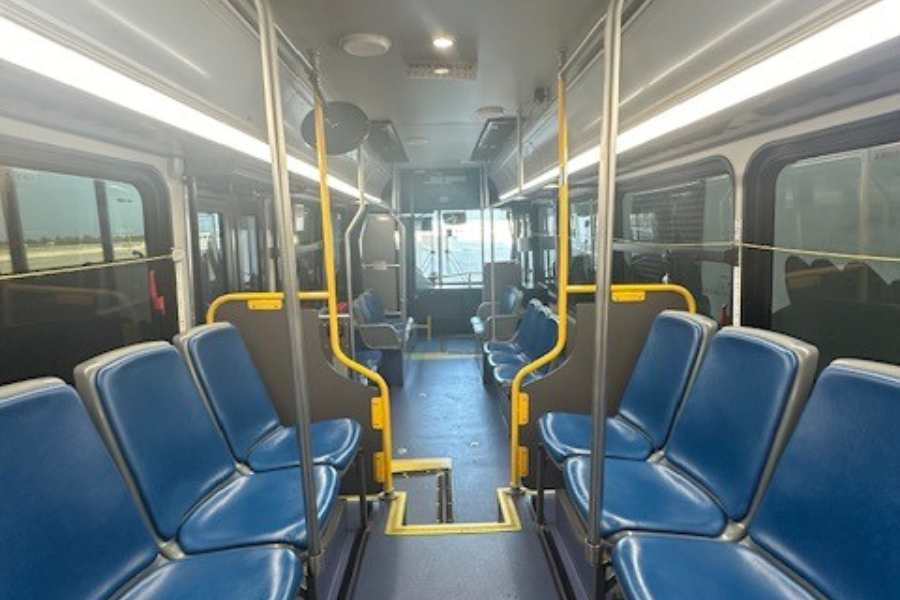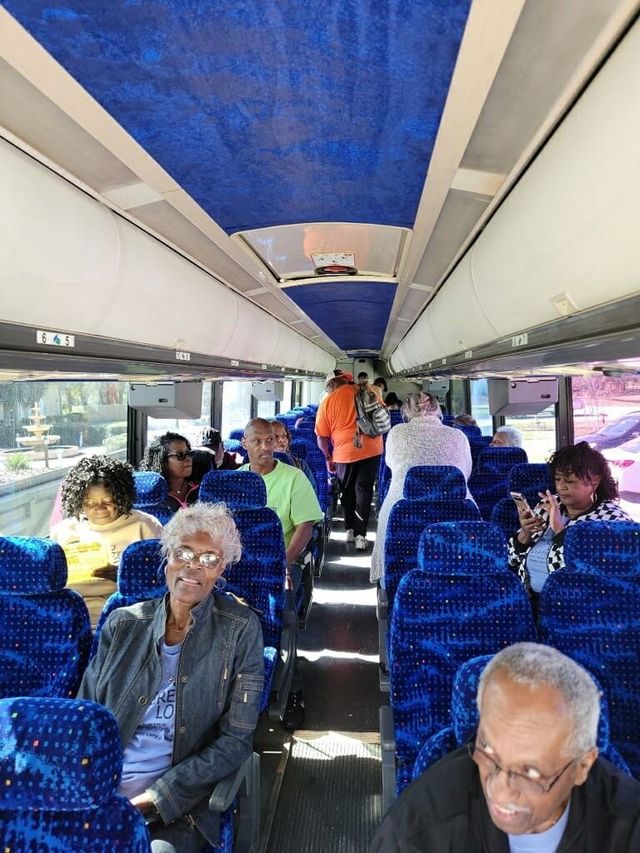20 Handy Reasons For Choosing Event Transportation Sites
20 Handy Reasons For Choosing Event Transportation Sites
Blog Article
Shuttle Service For Employees Ten Tips For Arranging And Covering The Route
Here are 10 top tips to assist you in planning and covering your employee shuttle.
1. Understanding the Needs of Employees
Conduct focus groups or surveys in order to better understand the employee's location, their preferred shuttle schedules and any other specific demands (such as accessibility). This information is essential in determining routes that will increase participation and satisfaction.
2. Review patterns of traffic
Learn about the traffic patterns and peak hours in the areas surrounding your organization. Google Maps data on traffic can be used to identify the most congested routes and be aware of these when shuttles are in operation. This will help in minimizing delays and ensuring an enjoyable journey.
3. Utilize Technology
Install a route-planning program that optimizes routes according to the latest traffic data and employee schedules. Shuttle apps can be utilized to modify routes in real-time and make sure that your service is the most efficient.
4. Establish Strategic Pickup Points
Find central pickup locations which are easily accessible by most of your employees. Consider picking locations close to public transportation hubs or residential areas. This will ensure maximum coverage and avoid extending the route.
5. Create a flexible schedule
Develop a shuttle schedule that can accommodate a variety of employee hours. Shuttles can be provided at peak times and off-peak hours to accommodate various shifts.
6. Create a feedback loop
Encourage employees to give feedback on shuttle services. Use the information you receive to adjust routes, pickup points schedules, routes, etc. If you regularly assess the satisfaction of employees you can maintain a service that is tailored to their preferences.
7. Monitor and analyze usage data
Track the usage of shuttles to determine the most frequent routes and those that require adjustment. The analysis of this data will assist in making informed choices about where to allocate resources and how to enhance service offerings.
8. Promote carpooling & Ridesharing
Encourage your employees to use a carpooling service along with shuttle services. This could reduce shuttle requirements and give more flexibility. Ridesharing apps are an excellent method to cut costs.
9. Consider Environmental Impact
Plan routes that minimize carbon emissions using energy efficient shuttles. Make sure your shuttle service is encouraged to utilize electric or hybrid vehicles. This is not just an effective way to promote sustainable practices, but it also benefits employees who are environmentally conscious.
10. Safety and Compliance
Ensure that all shuttle services adhere to regulations regarding safety and legality. This includes conducting regular maintenance on the vehicles and ensuring that drivers are trained and certified, and offering insurance. Transportation planning should always prioritize safety.
These strategies can help you to design the system of employee shuttles which are efficient and efficient. This will also guarantee security and the best utilization of resources. Read the most popular employee shuttle for more info including top transportation, private car service, shuttle to airport atlanta, los angeles airport shuttle service, executive transportation, sfo airport shuttle, pickup from lax, private transportation from atlanta airport, miami airport transportation, sfo airport transportation and more.
10 Top Tips On Security And Reliability In Corporate Event Transportation Services
Here are 10 tips on security and reliability the transportation of corporate events:
1. Perform thorough vehicle inspections
Before the event, ensure that all vehicles used for transportation undergo a thorough inspection. To ensure that the most critical components such as brakes, tire pressure, seatbelts, and lights are working properly, check them. Regular maintenance and inspections before travel can lower the risk of mechanical failures.
2. Hire qualified and experienced drivers.
Check that all drivers are certified and licensed. They must be able to show a clean record. Check their background and confirm that they have experience transporting large groups, especially for corporate events. Experienced and well-trained drivers are vital to ensure the safety of your passengers during transportation.
3. Implement Safety Training Programs
Provide comprehensive training to the drivers and employees of the transportation service. Training should include defensive driving techniques and emergency procedures, as well as customer service abilities. Regularly scheduled training sessions keep the safety of drivers in mind. They also help drivers to prepare for different situations.
4. Establish Clear Emergency Protocols
Create and communicate clear procedures in emergency situations to motorists and passengers. It includes procedures for medical emergencies, accidents and other unforeseeable situations. Training exercises are designed to increase security and make sure that everyone knows how to respond in the event of an emergency.
5. Use GPS Tracking and Fleet Management Software
Use GPS tracking of all vehicles to monitor the location of each vehicle at any time. This technology allows transportation coordinators to monitor shuttles, optimize routes and respond quickly to any problems that occur. Software that manages fleets can help to monitor the performance of vehicles.
6. Make sure you have adequate insurance coverage
Every transportation operation must be fully insured. This includes liability insurance, accidents, and injuries that could occur in the course of transportation. Insurance safeguards the company and its employees and gives peace of mind.
7. Be clear with attendees.
All attendees should be informed of the transportation details like the pickup location, timetables and contact information. If you provide this information to attendees prior to the event to help them manage their expectations and give them confidence in the arrangements for transportation.
8. Check the weather and traffic conditions.
On the actual day of the event you must keep an eye on traffic and weather. Be prepared to modify routes or schedules if needed to ensure timely arrivals. Making a plan to handle adverse weather or heavy traffic could improve the efficiency of transport services.
9. After-Event Feedback: Gather feedback and evaluate the event
When the event is finished After the event, you can collect feedback from your guests on their experience with transportation. Inquire about safety, timeliness of service, and satisfaction. Through reviewing the feedback, you will be able to identify improvements and make sure that future transport services meet the safety standards.
10. Plan a contingency Plan
Prepare a contingency strategy for unexpected events, like absences, vehicle breakdowns, or the inability of drivers. The plan should contain alternative transport options, as well as procedures to follow in the event in the event of an emergency. A contingency plan will improve the reliability of your event, so that attendees will not be stranded.
These tips can help organizations increase the security and reliability of their corporate event transport services. The importance of ensuring the safety of guests is not just good for them, but also for the organization. A reliable transportation service is a major factor in the overall performance of corporate events and ensures that guests have a smooth experiences from beginning to the end. Take a look at the recommended updated blog post about event transportation for blog advice including manager transport, mgt logistics, transportation industry, transporters near me, business logistics, transport job, logistics transportation, transport manager job, service transportation company, solution transport and more.